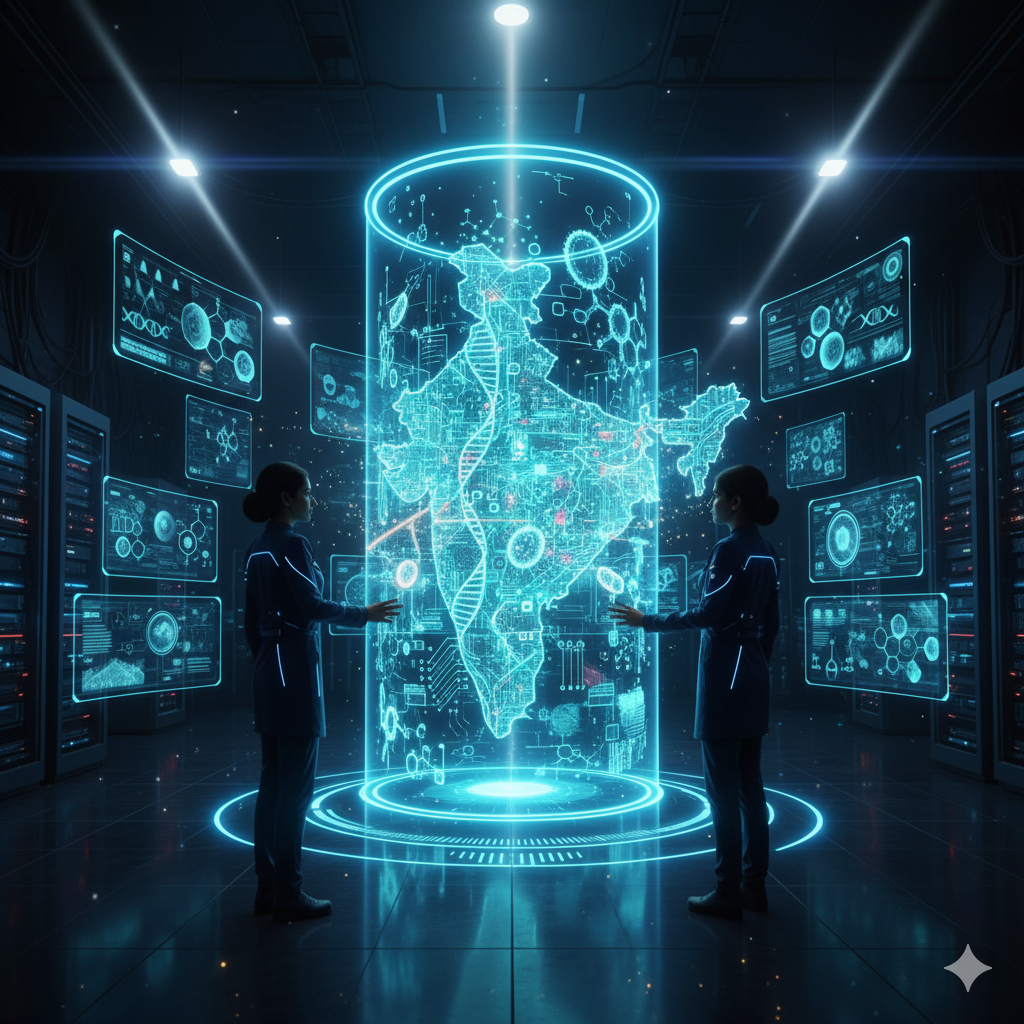In the modern era, technological advancements have brought immense benefits to humanity. However, they have also given rise to new forms of pollution, such as e-pollution (electronic waste pollution) and space pollution (orbital debris). These emerging threats pose serious environmental and security risks. This article explores these two types of pollution, their causes, impacts, and the suggested measures for effective management.
E-Pollution (Electronic Waste Pollution)
Definition
E-pollution, or electronic waste pollution (e-waste), refers to the contamination caused by discarded electrical and electronic devices. It includes computers, mobile phones, televisions, refrigerators, batteries, and other electronic equipment that are improperly disposed of or left unmanaged.
Causes of E-Pollution
- Rapid Technological Advancement – Frequent updates and newer versions of electronic devices encourage consumers to discard older models, leading to increased waste.
- Short Product Lifespan – Many electronic products have a limited operational period, resulting in frequent disposal.
- Improper Disposal – Many individuals and businesses dispose of e-waste in landfills instead of recycling, causing environmental contamination.
- Toxic Components in Electronics – Electronic devices contain hazardous substances such as lead, mercury, cadmium, and arsenic, which are harmful if released into the environment.
- Lack of Recycling Infrastructure – In many developing nations, inadequate e-waste management systems lead to improper handling and disposal.
Impact of E-Pollution
- Environmental Impact – Toxic chemicals from e-waste contaminate soil and water, affecting ecosystems and biodiversity.
- Human Health Risks – Exposure to heavy metals and chemicals in e-waste can cause neurological disorders, respiratory problems, and even cancer.
- Soil and Water Contamination – When e-waste is dumped in landfills, hazardous substances leach into the soil and groundwater, making them unsafe for consumption.
- Air Pollution – Incineration of e-waste releases toxic fumes and gases that contribute to respiratory diseases and global warming.
- Cybersecurity Threats – Improper disposal of digital devices can lead to data theft and misuse of sensitive information.
Measures for Managing E-Pollution
- E-Waste Recycling – Establishing e-waste recycling plants to recover valuable materials and safely dispose of toxic components.
- Extended Producer Responsibility (EPR) – Encouraging manufacturers to take responsibility for recycling and disposing of their products.
- Consumer Awareness Programs – Educating people about the risks of e-waste and promoting responsible disposal methods.
- Legislation and Regulations – Governments should enforce strict laws on e-waste management to control illegal dumping and promote safe recycling.
- Adoption of Sustainable Electronics – Encouraging the production of eco-friendly electronics with longer lifespans and recyclable components.
- Buyback and Take-Back Schemes – Companies should offer buyback programs where old electronic devices can be returned for proper disposal or refurbishment.
- Global Cooperation – Countries should collaborate to develop global policies for sustainable e-waste management.
Space Pollution (Orbital Debris Pollution)
Definition
Space pollution, or orbital debris pollution, refers to the accumulation of defunct satellites, spent rocket stages, and other artificial objects left in Earth’s orbit. These objects pose risks to operational satellites, space missions, and even life on Earth.
Causes of Space Pollution
- Defunct Satellites – Old satellites left in orbit after completing their missions become space junk.
- Rocket Debris – Remnants of launch vehicles, including boosters and fuel tanks, remain in space as hazardous debris.
- Collisions in Space – Accidental crashes between satellites generate thousands of small fragments that increase space debris.
- Explosions in Orbit – Malfunctioning satellites or rockets may explode, creating additional debris.
- Anti-Satellite Tests (ASATs) – Some nations conduct tests by destroying satellites, generating dangerous fragments.
Impact of Space Pollution
- Threat to Operational Satellites – Space debris can damage functional satellites, disrupting communication, navigation, and weather monitoring services.
- Risk to Astronauts and Space Missions – Space debris poses a significant danger to astronauts aboard the International Space Station (ISS) and other crewed space missions.
- Increased Cost of Space Operations – The need for debris tracking and mitigation strategies raises the cost of space exploration and satellite deployment.
- Potential Kessler Syndrome – A catastrophic chain reaction where space debris collides with other objects, creating even more debris, making Earth’s orbit unusable for future missions.
- Threat of Debris Falling to Earth – Some space debris re-enters the Earth’s atmosphere unpredictably, posing risks to human settlements.
Measures for Managing Space Pollution
- Active Debris Removal (ADR) – Developing technologies to remove defunct satellites and debris from orbit, such as robotic arms, nets, or harpoons.
- Deorbiting Strategies – Designing satellites with built-in systems to safely deorbit them at the end of their missions.
- Regulating Space Activities – Implementing international laws to minimize space debris creation and ensure responsible space exploration.
- Tracking and Monitoring Systems – Using ground-based radars and telescopes to track space debris and avoid potential collisions.
- On-Orbit Servicing – Extending the lifespan of satellites by refueling and repairing them instead of replacing them.
- Ban on Anti-Satellite (ASAT) Tests – Preventing destructive ASAT tests to reduce the creation of hazardous space debris.
- International Collaboration – Space agencies such as NASA, ESA, and ISRO should work together to tackle the growing problem of space pollution.
Conclusion
Both e-pollution and space pollution are emerging environmental challenges that require immediate attention. While e-pollution threatens ecosystems and human health on Earth, space pollution jeopardizes the sustainability of space activities. Effective management strategies, including technological innovations, policy regulations, and public awareness, are essential to mitigate these issues. By adopting sustainable practices, recycling, and responsible disposal methods, we can reduce e-pollution. Similarly, by implementing strict space laws and investing in debris removal technologies, we can ensure a cleaner and safer outer space. Global cooperation is key to addressing these challenges and securing a sustainable future for both our planet and space exploration.




